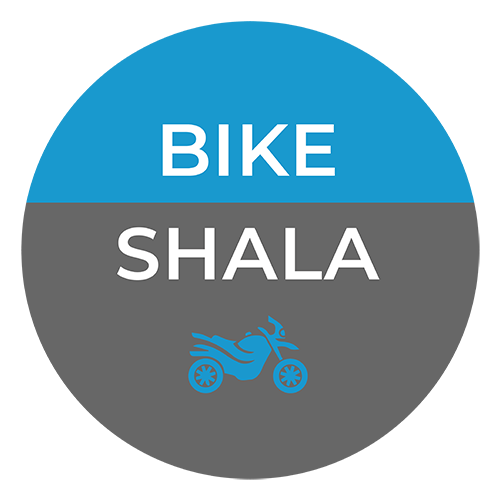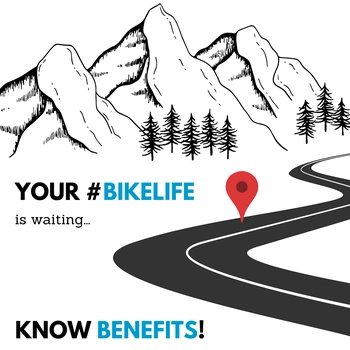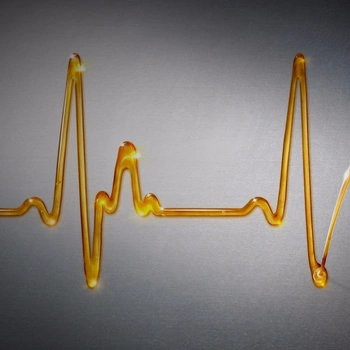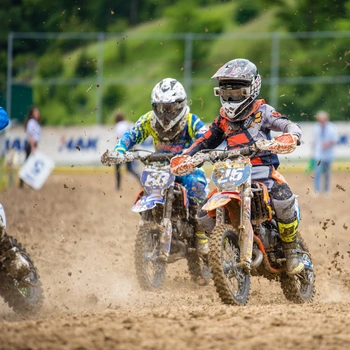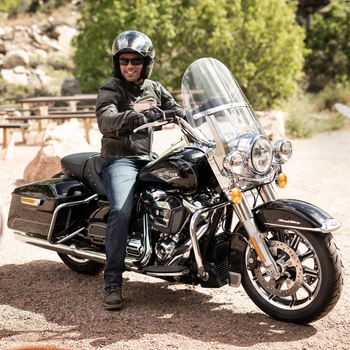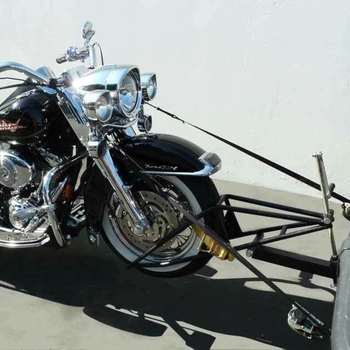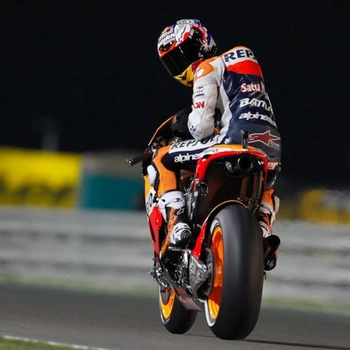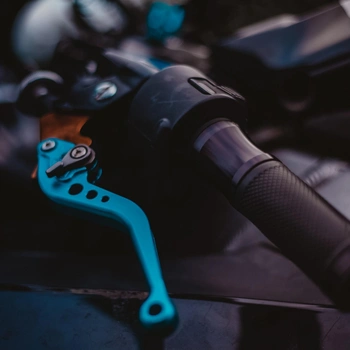
Professional motorcyclists and racers ace the game of applying the controls and shifting at the right time to have a smooth and controlled ride. Braking and downshifting are the two most important skills to master for every rider, and it takes years to ride like a boss. Motorcycle downshifting or the way you shift your motorcycle makes a huge difference when it comes to matching the engine speed with the road speed.
Before moving to throttle blipping or simply blip the throttle meaning, let’s understand what exactly motorcycle downshifting is? Downshift is switching to a lower gear when you are riding a motorcycle. The process just involves three steps, i.e., pulling in the clutch lever, pressing down the shifter and finally releasing back the clutch lever. Irrespective of the type of corner, racers never go below the middle range of their engine as it hampers their time in accelerating.
At such high speeds and revolutions per min (rpm), whenever the clutch is disengaged, a downshift is made before engaging the clutch again. But when do too abruptly, it is too likely to cause a rear-wheel hop. Doing this could often do serious damage to the engine’s transmission and chassis. This is where Throttle blipping or rev-matching comes into play for a smooth and quick downshift.
Coming down to understanding throttle blipping without many technicalities, it is important to understand engine speed, road speed and the synchronization between them. At a given same speed, lower the gear, higher the revolutions of the engine. As you downshift, the rear tyre slows down faster due to the engine revolutions causing the rear wheel blocking and leading to skid or compression-locking of the rear wheel. This becomes more pronounced in single-cylinder and V-twin bikes.
Also, while downshifting, we are looking at completing it as quickly as possible as it minimizes the engine braking which otherwise slows us down. Blip the throttle means that after the clutch lever is pulled in, the throttle is quickly opened without slowing the engine RPMs after lowering the gear and releasing the clutch back. In other words, throttle blipping is clutch in, blip the throttle, lower the gear and clutch out to match (approx.) the engine speed with the lower gear.
This manual technique of preventing compression locking or tail-wagging requires performing multiple actions at the same time, i.e., braking, pulling the clutch, lowering the gears and blipping the throttle. This requires much of concentration and practice to safely blip without over-revving the engine and maintaining consistent pressure on the brake lever.
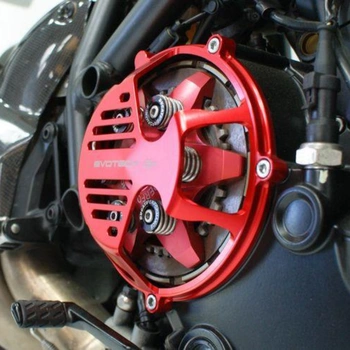 Nowadays, motorcycles are coming with the slipper clutch/back-torque limiter clutch to aid in downshifting and changing the gears quickly without involving the blip technique. They prevent lockup of rear-wheel in times of engine seizure and absorb engine braking force, delivering a smooth cornering without having the rider focus on the clutch operation. KTM RC 390, TVS Apache RR 310, Harley-Davidson Street 500, Bajaj Dominar 400, Yamaha R15 V3, Ninja 300 and Kawasaki Z300 are some of the bikes with slipper clutch technology.
Nowadays, motorcycles are coming with the slipper clutch/back-torque limiter clutch to aid in downshifting and changing the gears quickly without involving the blip technique. They prevent lockup of rear-wheel in times of engine seizure and absorb engine braking force, delivering a smooth cornering without having the rider focus on the clutch operation. KTM RC 390, TVS Apache RR 310, Harley-Davidson Street 500, Bajaj Dominar 400, Yamaha R15 V3, Ninja 300 and Kawasaki Z300 are some of the bikes with slipper clutch technology.
Quick Shifters are making place in modern motorcycles which allow clutchless shifting and eliminates the required throttle motion while downshifting. There are two types of quick shifters, one for upshifts and the other for both upshifts and downshifts.
Product - Dynojet Research 4-130 Dual Contact Quick Shifter
Early learner steps for Blip testing:
- Find a secluded road.
- Raise your speed by up-shifting to a level you are comfortable with.
- Now release the throttle, disengage the clutch and downshift.
- As soon as you start engaging the clutch, you will feel the drag due to engine braking. This is what we need to clear.
- Now before step 4 and with your clutch dis-engaged, quickly pump the throttle once and then repeat step 4. This time you will feel less of a drag. The drag must completely shift to your braking pads, so repeat till you learn to do it with actual braking and not engine braking.
In reality, this comes up with braking with your two fingers, using the rest of your hand to push the throttle and at the same time disengaging the clutch. With revolutions matched in a lower gear, you are ready to accelerate again.
FAQs
Why do you need to blip the throttle when downshifting?
Blipping the throttle when downshifting ensures that the engine speed matches the lower gear. Without throttle blipping, the engine revs do not rise fast enough, which can cause compression locking or rear-wheel skidding. Blipping prevents this by temporarily increasing the RPM, resulting in smoother downshifts and more control over the bike during deceleration.
What benefit does throttle blipping provide?
Throttle blipping offers smoother downshifts, minimizes engine braking, and prevents rear-wheel skidding. It also reduces stress on the clutch and gearbox, making it especially useful for aggressive riding or when racing. Blipping ensures the engine and gear speeds are in harmony, giving the rider better control and safety during deceleration.
What is auto blip in motorcycles?
Auto-blip is a feature on modern motorcycles with quickshifters, allowing the bike to automatically blip the throttle when downshifting. This system removes the need for manual throttle control, providing smoother, faster gear changes without the risk of rear-wheel lockup, making it perfect for high-performance riding.
What is rev matching in bikes?
Rev matching, much like throttle blipping, is a technique to synchronize the engine speed with the lower gear during downshifting. By increasing the RPMs while downshifting, rev matching ensures smoother gear transitions, prevents engine braking from being too abrupt, and reduces wear on the clutch and transmission.
